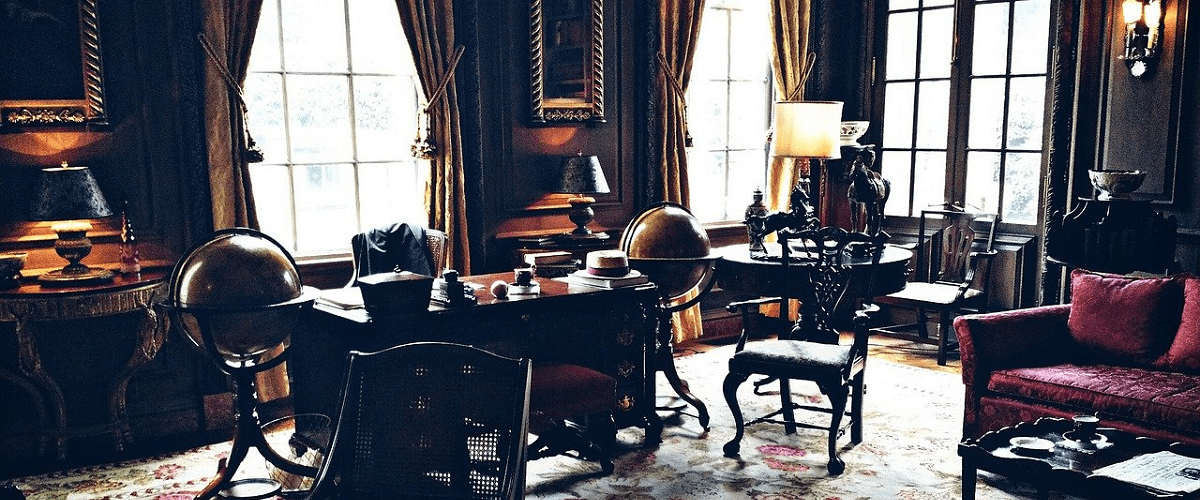We all enjoy having some privacy. That’s human nature. But some people are curious and sneaky. They don’t always leave evidence of when rummaging through your things. But there are still ways to know, discreet situations one can leave behind.
Intentionally placed hairs, or books in specific positions, these kinds of actions can leave a nearly invisible “trap” of sorts for anyone sneaking into your personal space. As careful as someone might be not to leave a trace, they’ll never notice something so seemingly insignificant, this is the core idea behind this. Here are some examples:
Pencil Lead Between the Door. They are thin, hard to see, and fragile. After you leave a room, placing mechanical pencil lead inside the crack in the door, resting on top of a hinge, can be a good way to know if someone else opened the door. If they did, without removing the lead, the lead stick will be broken. You can also use a scrap of paper, though this is more noticeable and can be “reset” afterwards, whereas the lead will be broken. This can also work for certain drawers and cabinets.
Position Object of Interest in a Specific Way. Perhaps have a book corner facing north, or have a lamp exactly 5 inches from the wall. When you return, check if these objects still fit those rules. If they haven’t, that is evidence that someone moved them while you were away. This is most effective when the object is in the way of more interesting locations, such as on top of a briefcase or in front of drawers.
Dust Handles with Talcum Powder. Not too much though. The idea is to leave enough to not be noticed when grabbing a doorknob or drawer handle, but enough so that with some examination, you can see the powder was disturbed. This can also work with computer keyboards or touchscreen devices like phones and tablets.
Why Not a Hidden Camera? I know that this is a bit of a cop-out, but they’re popular for a reason. Depending on the situation, it doesn’t even need to be hidden. If there is a computer in the room, a standard webcam will blend in perfectly. All you would need is some motion activated recording software to work with the webcam and to turn the monitor off.
With all of this said, it’s worth noting that you don’t need to be a spy with the KGB after you to merit doing any of this. Maybe you’re in a hotel and don’t trust the staff. Maybe you’re doing some dirty business. Maybe you’re just a teenager wanting to know if anyone in your family went into your room. Regardless of the reasons, there’s no harm in wanting to maintain your privacy.

